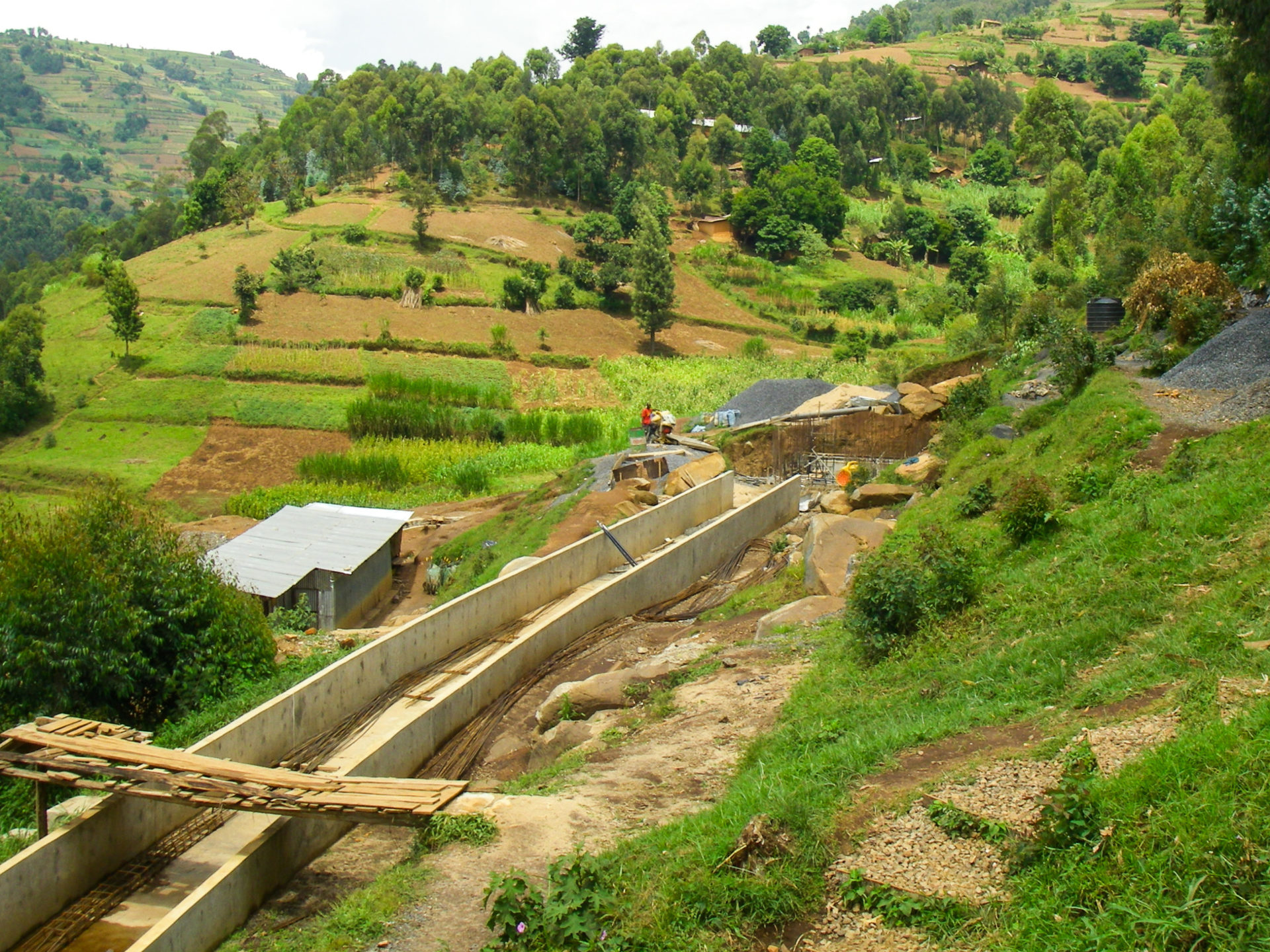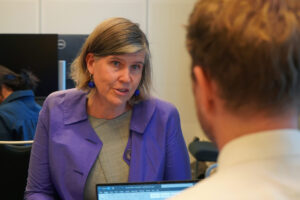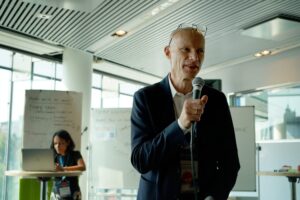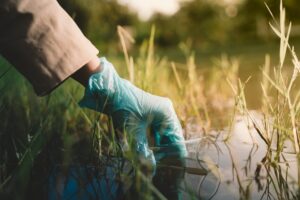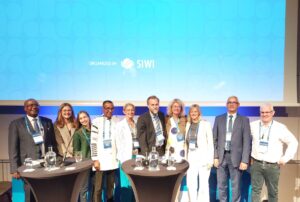Water in transforming landscapes
Agri4D is a two-day conference arranged by Swedish International Agriculture Network (SIANI) and Swedish University of Agricultural Science (SLU). This year’s theme of the conference was “Rural Transformation and Urbanization”. Together with International Foundation for Science (IFS), SIWI hosted an event on “Water in Transforming Landscapes”, to explore different ways water can be integrated in a landscape approach.
The seminar started with Anna Tengberg from SIWI introducing the theme and the new cluster group ‘water in the landscape’. The aim of the group is to promote water in the international conversation on landscape approaches and restoration, and to strengthen and expand Swedish and international networks on water-related natural resource management. As a key note speaker for the seminar, Nighisty Ghezae from IFS, stressed the importance of water; “In 2025, 1,8 billion people are estimated to be living in areas with water scarcity. Availability is threatened not only by overuse, but also by bad quality”. Since water is crucial for several sectors, such as agriculture, approaches that work with a multi-stakeholder perspective and in a wider context are important. The landscape approach can be used to analyze problems across sectors and moves from project oriented action to broader processes. The approach opens for integrated work on water resources management, although the method might be more demanding and resource intensive to bring into action.
Four case studies were presented during the event, moving from technical aspects of water availability to theory of change. Mats Lannerstad discussed how yields can increase in African agriculture starting with baseline mapping of areas for rainwater management interventions. The information could facilitate agriculture management and make it more context sensitive in decisions regarding irrigation or what crops to grow. Alvin Smucker from Michigan University presented the Soil Water Retention Technology (SWRT)-method, which consists of membranes that can double soil water holding capacity in the root zone. Tests have been carried out in China, Iran, Iraq and USA, including an economic analysis of pay-back time for investments. It was concluded that the method was useful for both large and small-scale agriculture. Gert Nyberg from SLU presented a study on the value of trees for water, carbon, biodiversity and food security. Nyberg discussed the concept that forests and trees are “sponges”, which only use and withdraw water, and thereby decrease water availability. However, studies carried out in dryland forests in West Africa show that trees can improve groundwater recharge, increase soil infiltration, transpiration and interception, as well as decrease soil evaporation and surface run off. “Tree density is not only natural, but can also be a management tool to improve the water situation in landscapes”, Nyberg concluded.
Anna Tengberg from SIWI presented a study on the science of integrated approaches based on lessons from programmes and projects of the Global Environment Facility. A holistic method was used and the study led to the development of a generic theory of change for integrated natural resource management that helps understanding impact pathways. It was concluded that to achieve integration, including of water, it is important to understand the system and drivers of environmental change, as well as processes that can lead to regime shifts and wider adaptation on landscape scale. It was demonstrated that integration is an important concept which helps addressing complex social-environmental issues.
In the discussion that followed, thoughts and questions on how to work with the landscape approach were brought up. How do we define the landscape, is it only the spatial aspect or do we include social and economic aspects as well? What about human rights, such as the right to water? When working with systems it becomes even more important to set out what boundaries are used for our definitions. In many transformative approaches there might be short-term losses and long-term gains, and tradeoffs that need to be considered. The discussion called for ways to value different resources and their effects to identify what is most important to preserve and where it is most needed. The discussion also brought up the importance to integrate local knowledge to make implementation of the landscape approach successful.
The seminar was summarized by Anders Malmer from SLU Global who emphasized the need for arenas where scientists can reach out to and influence policy makers to bring about change. SIWI’s cluster group ‘Water in the landscape’ was mentioned as an example of a platform where this can be put into practice.
The Agri4D conference 2017 ended with a closing session where a quote from Einstein was brought up as a reminder of how to work with policy:
“We cannot solve our problems with the same thinking we used when we created them”
